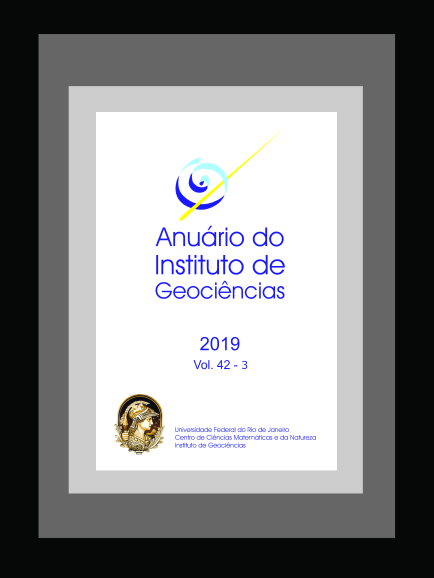Wind Power Use Capacity in Rural Areas of Complex Topography via WRF Model: a Case Study in a Mountainous Region in Rio de Janeiro State, Brazil
DOI:
https://doi.org/10.11137/2019_3_52_63Keywords:
Modeling, Mountainous regions, Wind energyAbstract
Encouraged by global environmental agreements, the search for renewable energy production alternatives has been increasing around the world. Although Brazil has a large territory with different natural resources, its energy matrix is highly dependent on the hydraulic source. This paper evaluates the wind power use capacity on the top of hills and mountains, considering the wind potential in these places and so stimulating its development in the country. The Weather Research and Forecasting (WRF) model was applied to identify the wind resource and to define the best sites to install aerogenerators in the area of the Agricultural Cooperative of Vieira, located in Teresópolis, a mountainous region in Rio de Janeiro state, Brazil. As small aerogenerators operate close to the ground, and so have lower costs than large ones, the estimated electricity production of a national aerogenerator was compared with the real consumption of a local reference tillage. Despite the poor topography representation, results show that the region has sufficient wind power to provide electricity to the agriculturists throughout the studied period of the year, reducing their production costs. Therefore, it is possible to improve Brazil’s wind energy use in mountainous zones and in the process diversify the country’s energy matrix.Downloads
Published
2019-12-21
Issue
Section
Article
License
This journal is licensed under a Creative Commons — Attribution 4.0 International — CC BY 4.0, which permits use, distribution and reproduction in any medium, provided the original work is properly cited.
















 Except where otherwise noted, content on this site is licensed under a license
Except where otherwise noted, content on this site is licensed under a license 